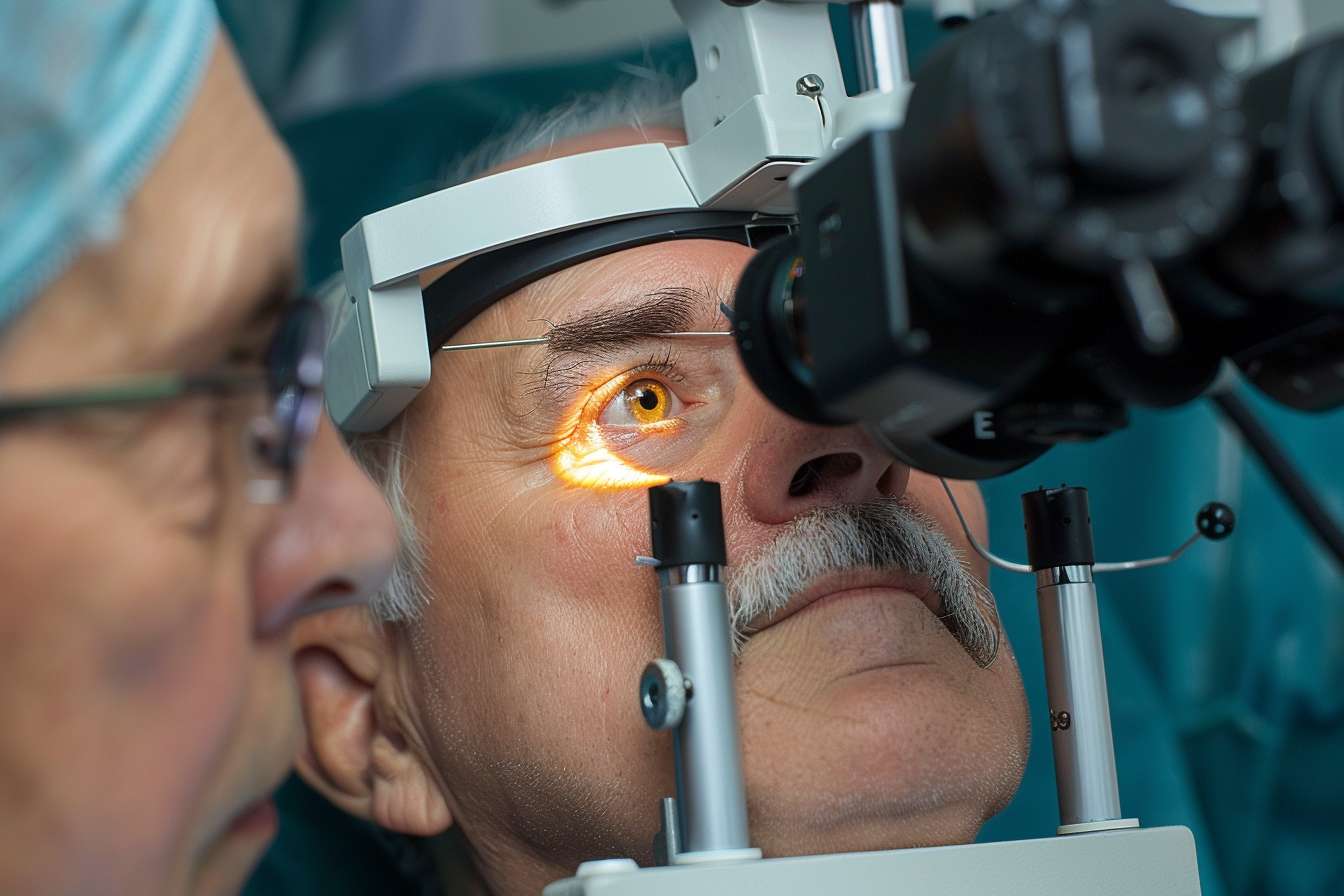Laser Tattoo Removal: What to Expect and How It Works
Tattoo removal has become a common consideration as people change styles, careers, or simply want a fresh start. Modern laser techniques target ink within skin layers to gradually fade designs with fewer long-term effects than older methods. Understanding how the process works, what to expect in a clinic, and how to care for treated skin can help you make an informed decision and set realistic expectations for removal outcomes.

How does tattoo ink sit in the skin?
A tattoo’s pigment sits primarily in the dermis, the deeper layer of the skin, where immune cells and connective tissue hold the ink particles. Because the ink is below the epidermis (the outer layer that sheds), tattoos are permanent unless broken down by targeted therapies. The composition and depth of ink — plus the colors used and whether the tattoo is amateur or professional — influence how readily the body can clear pigment after treatment. Older tattoos and some colors may respond differently to removal.
How does laser remove tattoo pigment?
Laser removal works by delivering intense pulses of light at specific wavelengths that are absorbed selectively by tattoo pigments. When pigment absorbs this energy, the ink particles shatter into smaller fragments that the body’s immune system can gradually clear away. Different lasers target different colors — for example, some wavelengths are better for black and dark blues, while others are tuned for reds or greens. Newer picosecond lasers deliver energy in shorter bursts and may improve clearance for certain pigments, but the choice of laser and settings depends on the tattoo’s colors, placement, and your skin type.
What does a typical removal session involve?
A removal appointment usually starts with an assessment of the tattoo and skin, followed by protective measures such as eye shields and cooling devices. Treatment typically takes minutes to an hour depending on tattoo size. You’ll feel a series of quick, intense pulses — many describe the sensation as snapping rubber bands or heat — and immediate post-treatment changes can include redness, swelling, and a temporary whitening (frosting) over the site. Healing between sessions is important; practitioners commonly wait several weeks between treatments so the body can clear fragmented ink and the skin can recover.
How to choose a clinic for tattoo removal?
Choose a clinic with licensed professionals experienced in laser tattoo removal, preferably medical practitioners or supervised technicians working in a medical setting. Verify that the clinic uses FDA-cleared lasers appropriate for a range of tattoo colors and skin types, and ask about the provider’s experience with cases similar to yours. A reputable clinic will perform a skin assessment, discuss realistic expectations and potential risks (including hypo- or hyperpigmentation and scarring), and provide a clear aftercare plan. Look for before-and-after photos from the clinic and reviews from patients in your area to help evaluate quality and safety.
How to care for skin after laser treatments?
Aftercare is essential for optimal healing and to reduce complications. Immediately after treatment you’ll likely receive a sterile dressing, and providers typically recommend gentle cleansing, applying a recommended ointment, and keeping the area protected from sun exposure. Avoid picking at blisters or scabs, and follow guidance about returning to exercise, baths, or swimming until the skin has healed. Over time, the immune system clears shattered pigment, so patience and proper care between sessions improve outcomes and minimize lasting skin changes.
This article is for informational purposes only and should not be considered medical advice. Please consult a qualified healthcare professional for personalized guidance and treatment.
Conclusion
Laser tattoo removal is a medically advanced way to reduce or eliminate unwanted ink by targeting pigment within the skin. Results depend on many factors — ink colors, tattoo age and depth, skin type, and the laser technology used — and outcomes require multiple treatments and careful aftercare. Selecting an experienced clinic and following professional guidance will help manage expectations and reduce the chances of complications as you move through the removal process.






